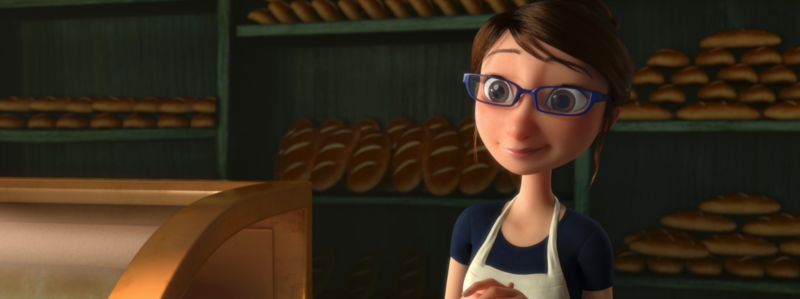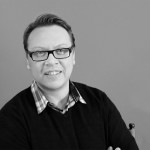This article is part of “Tales from the Expo,” an InPark Magazine online book written by James Ogul and edited by Judith Rubin.
Christian Lachel of BRC Imagination Arts talks to James Ogul: With the Expo Milano 2015 world’s fair imminent (May 1 – October 31) James Ogul reached out to BRC Imagination Arts to get this exclusive report for InPark on the firm’s role in creating the EU Pavilion at Milan.
Animation frame at top: Sylvia in the village bakery – a character in the show produced for the EU Pavilion at Expo 2015 Milan. ©BRC Imagination Arts. Used with permission.

[dropcap color=”#888″ type=”square”]O[/dropcap]ver the course of some three decades, BRC Imagination Arts has designed exhibits for an impressive range of national and corporate pavilions at world’s fairs. I have had the pleasure of working with BRC on several US Pavilion projects, including Seville Expo 1992, Aichi Expo 2005 and Shanghai Expo 2010, in my former role with the US Department of State. I was pleased the company was selected to develop the exhibition for the European Union (EU) Pavilion at Milan 2015.

One of the great objectives of Expo participation is getting the best possible location for your pavilion. Overlooking the Expo Lake Arena, the EU Pavilion is in a prime spot.
Another objective is to reach as many people as possible with your message and guest experience. Good expo pavilion design includes effective visitor flow and a universal mode of communication. A well-targeted, short film is often an ideal platform, and the EU Pavilion design makes use of this approach with “The Golden Ear.”
The pavilion mascot is also a winner in my opinion. The engaging character, described below, will roam the Expo, provide photo ops, show up at special events, and entice guests to visit the EU Pavilion. — J.O.
Interview with BRC Imagination Arts Executive Creative Director and Vice President, Christian Lachel, heading the company’s design effort on the project:
Please share some basic stats for the EU Pavilion.
1,900 M2 across three floors: ground floor houses the visitor experience; 2nd floor houses room for conferences, presentations, and special exhibits by the EU (over 200 conferences and events will be held by the EU during the Expo); 3rd floor open terrace space contains areas for entertainment and events. The Pavilion overlooks the Expo Lake Arena where the nighttime spectaculars will take place. It will be one of the best nightly views at the expo. Throughput: Roughly 360-420 people/hour.

Who are the members of the Pavilion team?
BRC is one partner of a special consortium, with MCI/Dorier (Brussels and Geneva) and Amadeus Holdings (Alpnach Dorf, Switzerland). Our participation is through BRC BV, our 15-year-old European division –
(Eindhoven, Netherlands). BRC serves as story, creative planning, and media production and interactive media lead. MCI/Dorier handles marketing and communications, day-to-day relationships with the EU, production of scenic, and A/V systems. Amadeus handles the operations of the ground floor.

Key BRC team members include Bob Rogers, producer of “The Golden Ear” film; Christian Lachel (me), creative director for the overall pavilion and story, and director for the film; Philipp Edelmann, producer and project manager of the media and interactives; and Bart Dohmen, Managing Director of BRC BV is liaison between BRC, our partners, and the EU. We all have experience on multiple expo projects. Recent examples include the Information and Communications Pavilion for China Mobile and China Telecom, SAIC-GM Pavilion, and USA pavilions in Shanghai; the USA pavilion in Aichi; and Floriade 2012 in Venlo, the Netherlands.
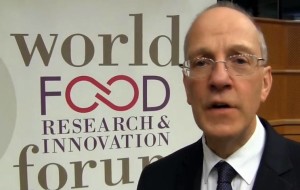
Our client, MCI Brussels, has an agreement with the EU. The European Commission assembled a special team assigned to this project, including representatives from the Joint Research Centre (JRC) and several departments known as Directorates-General (DGs), each responsible for a specific field of expertise. The Commissioner General of the pavilion is David Wilkinson, who is British, and the Deputy Commissioner General is Giancarlo Caratti, who is Italian. They have been phenomenal partners.
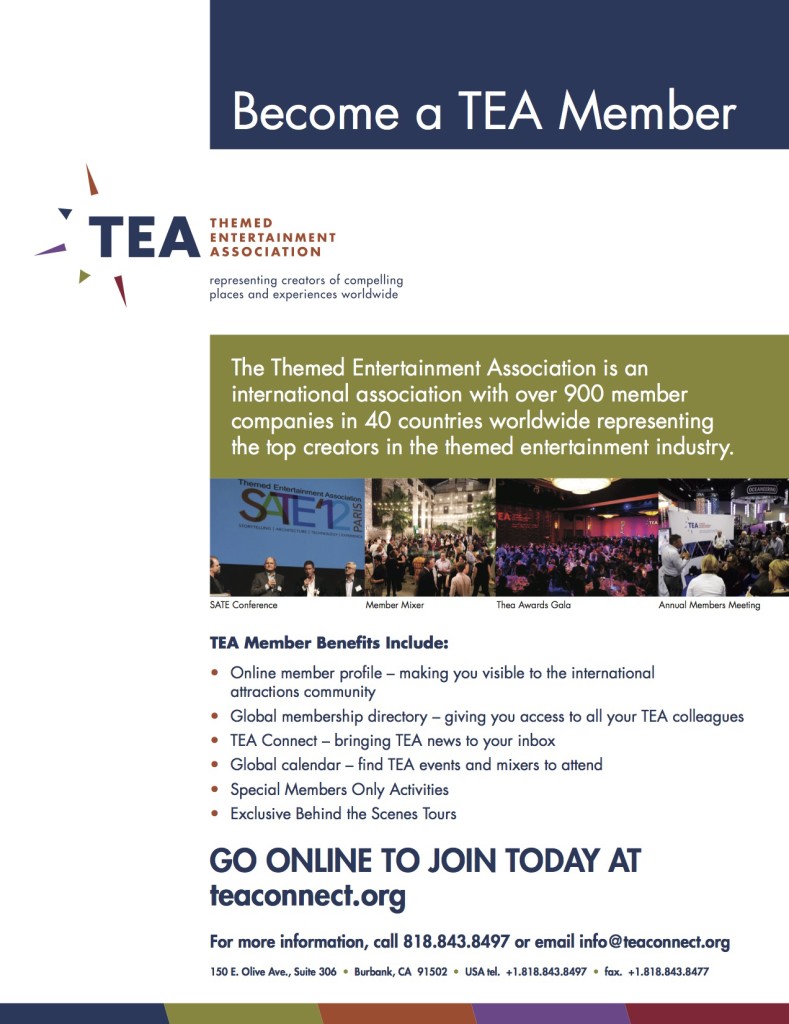 What is your guiding philosophy in creating a world’s fair pavilion?
What is your guiding philosophy in creating a world’s fair pavilion?
The guiding philosophy for any project BRC does is to start with the heart of the audience. We begin by deeply understanding the client’s goals for the project and objectives for the audience. Together with the client, we develop the messages and the theme. We then create a story that marries the heart of the audience to the values and goals of the client in a way that is both meaningful to the client and emotionally engaging for the audience.
People are looking for a fun day out. We can have an educational theme (the theme of Expo Milano 2015 is Feeding the Planet, Energy for Life), but the experience needs to be entertaining, fun, and have heart.
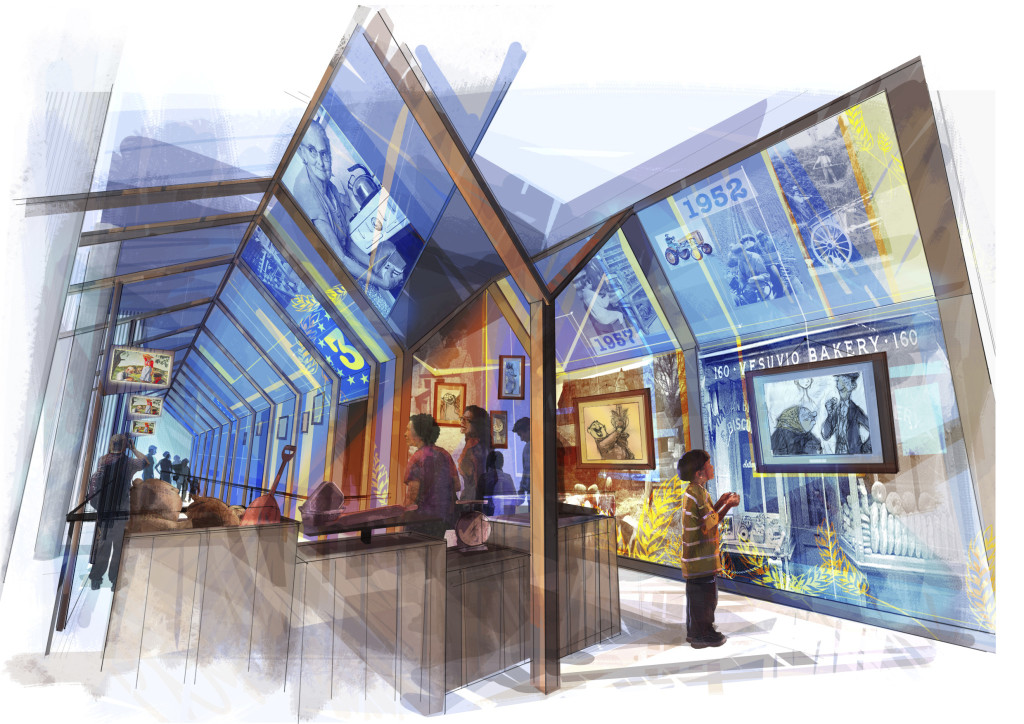
Tell us about the theme of the pavilion.
The theme is Growing Europe’s Future Together For a Better World. The key concept is “together” – bringing people together around a common idea and common policies. Because the expo is related to food, we’re presenting the idea of agriculture and science working together.
How would you summarize the storyline and message of the EU Pavilion experience?
It’s about Sylvia, a scientist, and Alex, a farmer. They are temperamentally very different, circumstances throw them together, and they discover something in themselves. The storyline unfolds through a series of experiences. In the Queue, we meet members of both Alex’s and Sylvia’s families; the family stories evolve parallel to the development of the EU after World War II. After the pre-show and the main show comes the content center where guests can learn more about the characters and their stories, and explore the EU’s messages about food safety, sustainability, manufacturing, competitiveness in the food market, nutrition security, research, science and innovation.
Please describe the Pavilion’s guide program.
A group called Amadeus is overseeing it. There will be 900 volunteers, each doing a two-week stint, over the course of the six months the Expo is open. The EU put out a call online: http://europa.eu/expo2015/call-for-volunteers
Can you outline the guest experience and some of the presentation techniques used?
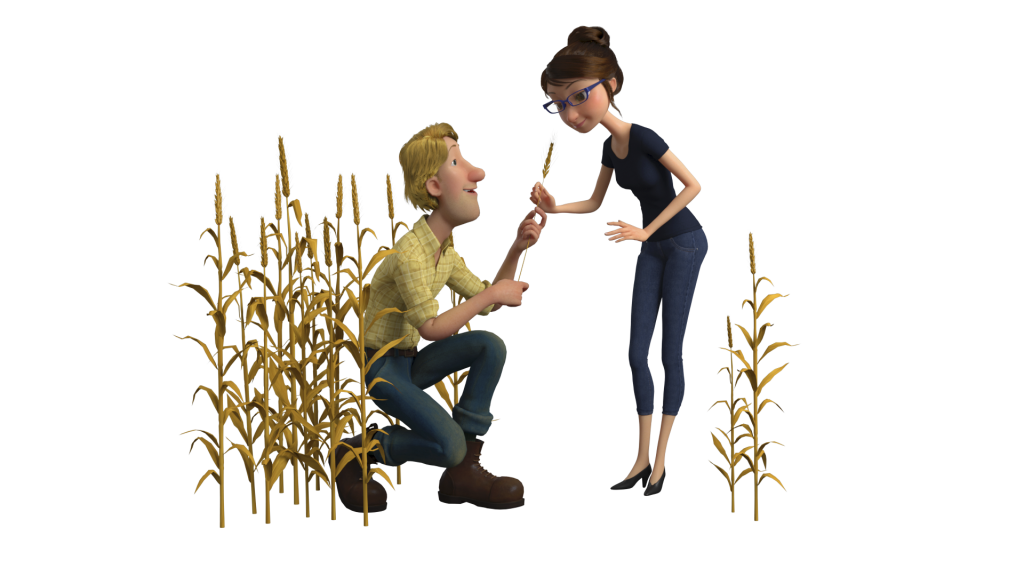
During the Queue, exhibits of family photographs and mementos allow guests to follow Sylvia’s and Alex’s families through the years.
There are three identical pre- and main-show bays to handle throughput. In the preshow, guests step into the environment of the characters. We use projection mapping, LCD media screens set in picture frames, dynamic audio, and other techniques. The story begins to unfold around the audience, leading up to the characters’ fateful first meeting. The main show features a 4K resolution, animated film and a variety of dynamic effects, including a standing platform with vibration floor speakers, special visual effects, scents, lighting, and in-theater climate effects.
In the content center are three oversize storybooks where guests can interact and explore through a series of custom touch screens.
The pavilion mascot will attract a lot of attention and bring a lot of smiles. Designed by BRC and created by Jim Henson’s Creature Shop, the mascot consists of a volunteer-operated bicycle with a handlebar basket occupied by a couple of adorable puppy puppets. The mascot will roam the Expo, provide photo ops, and entice guests to the EU pavilion. It will also appear at special events and gatherings at the Expo and other locations in Milan.
The EU has integrated the characters into programs at other places. For example, guests and school groups can visit Sylvia’s Lab at the Joint Research Centre in Ispra, 60 kilometres from the Expo.
What are the plans for handling VIP visits to the pavilion?
The EU has its own protocol team handling that; however, our planning layouts include special access for VIPs and any visitors with special needs as well.
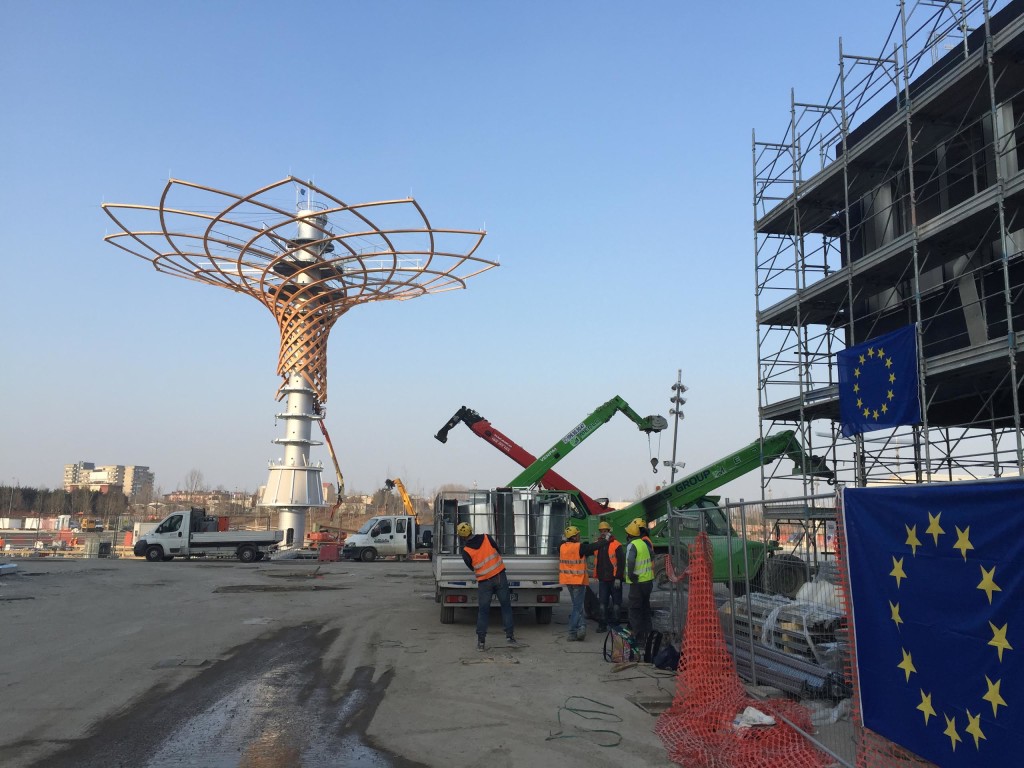
Is there private sector sponsorship?
None. It’s all the European Union. But there are several stakeholders in the project, including the JRC and other DGs. We’re working with DGs covering the areas of agriculture, climate, communication networks, education and culture, energy, the environment, health and food safety, humanitarian aid and civil protection, industry and entrepreneurship, international cooperation and development, fisheries, and research and innovation. Each one has provided input, scientific and research points, and policies to make sure their messages are in there.
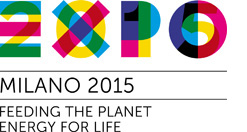
What special challenges and rewards have come up along the way?
For this particular expo, the physical aspects of the site have been a challenge. The plots are smaller – certainly smaller than those at Shanghai – and they are long and narrow. This presents a planning challenge of figuring out how to move a lot of people through the space. The EU pavilion is pretty small, but we worked to find a solution to how we could move the most people through while still having a great story and an entertaining experience.
And of course, as we get closer to May 1, it’s like any expo, down to the last minute – and everyone is running just to get it open.
What are the international business aspects for the pavilion?
Today’s world is faced with new challenges: those of food waste and obesity in some areas juxtaposed with scarcity and malnourishment in others. We’ve got to solve that. We also need to heal damage to the environment, address the challenges of global climate change, and forge a sustainable future for everyone. The EU is leading the way to solutions, yet as a global community, there is far more work ahead of us.
The EU Expo story is a story of best practices, of solutions already in place and visions of future accomplishments. It clearly communicates that we all face the future together, and it’s going to take all of us working together to overcome the challenges. Visitors won’t come away knowing how to single-handedly solve all these issues, but they will care more and they’ll know some smaller things they can do as individuals that will help move us in the right direction.


